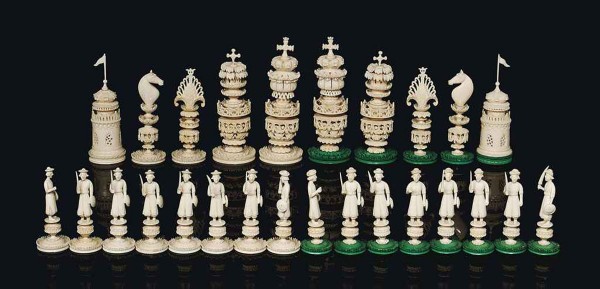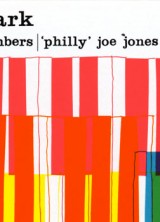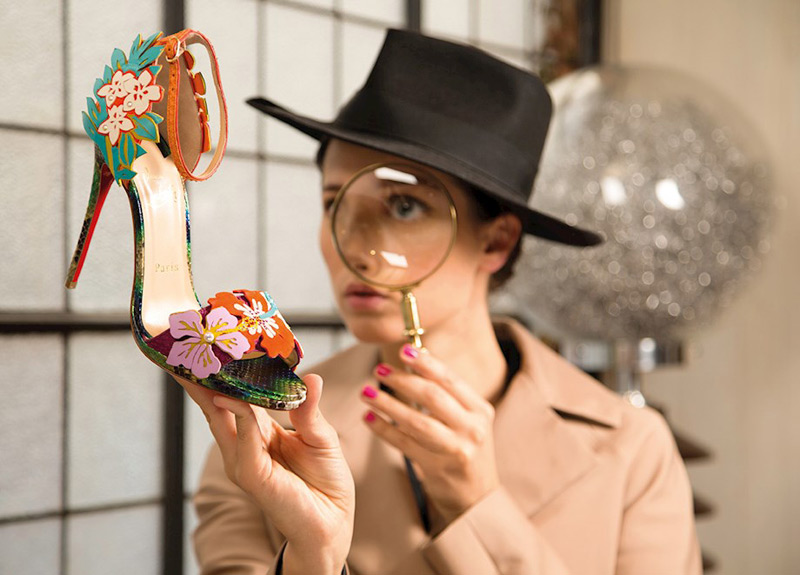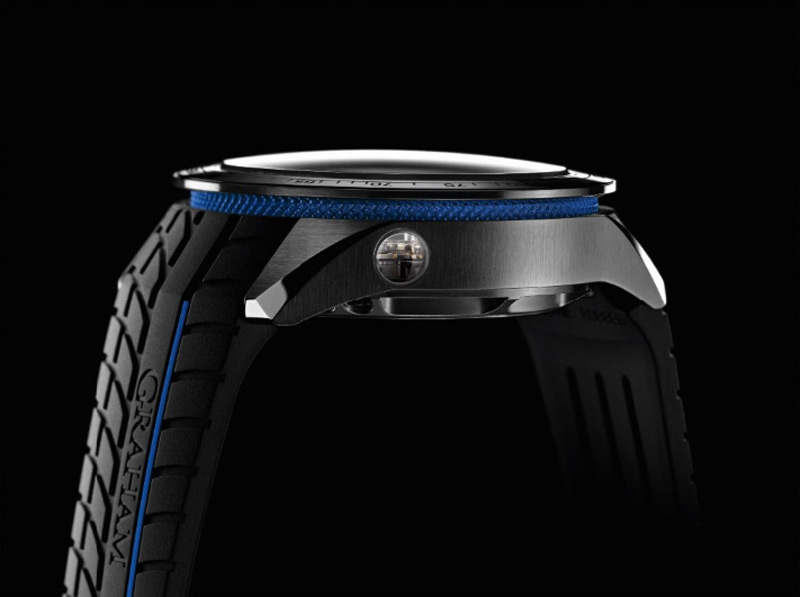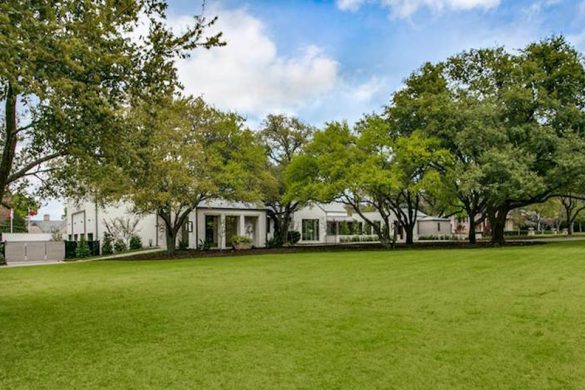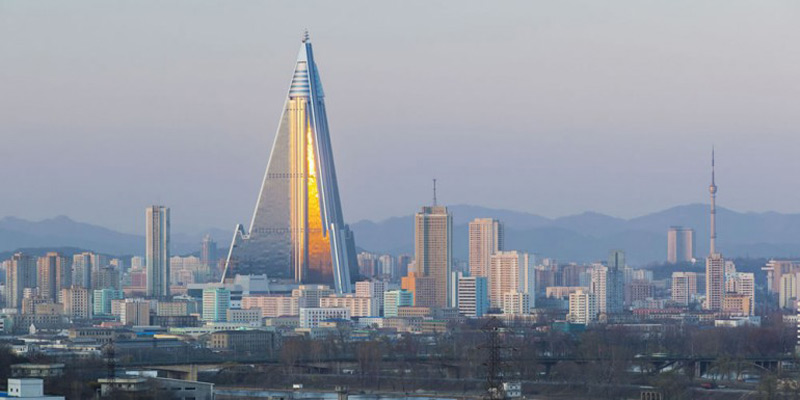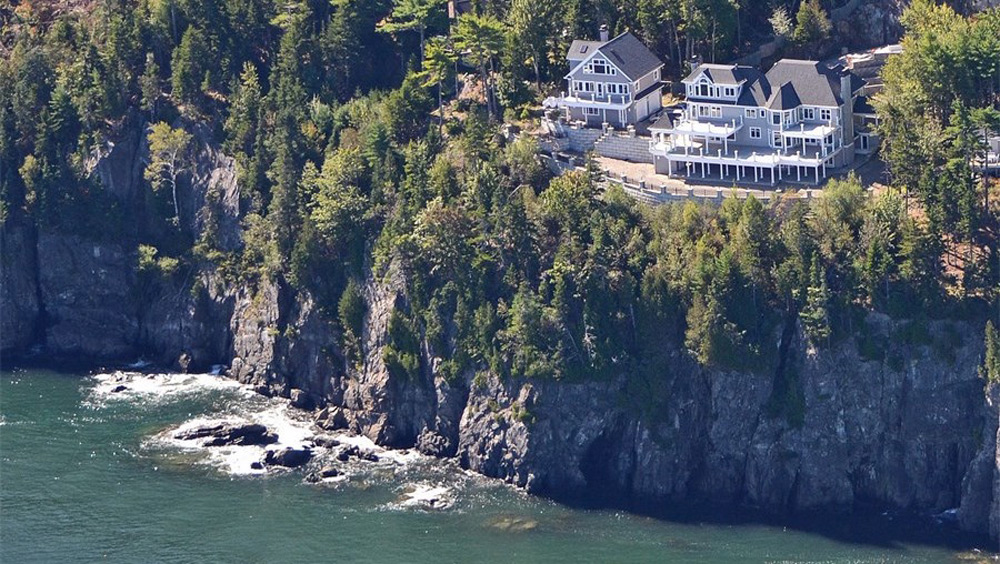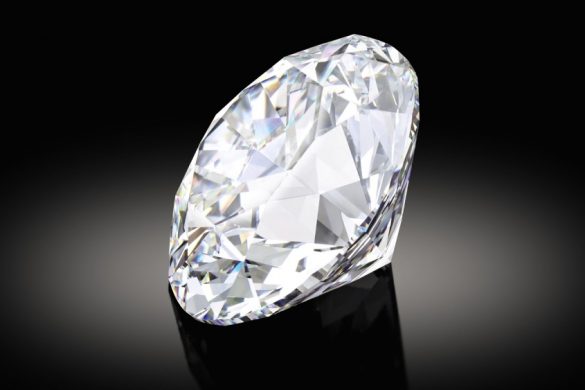Christie’s South Kensington’s Style & Spirit auction, to be held on 26 March 2013, includes a special section dedicated to the ancient game of chess. Chess enthusiasts, collectors and players will have a chance to bid on the 58 chess sets, made from a variety of materials, including carved and turned ivory, bone, wood, amber and silver.
The offered sets originate from all over the world including many examples from Europe, Russia and India, to Cambodia and China. The event will be held in London where The World Chess Candidates Tournament takes place from 14 March to 2 April. This remarkably wide range of chess sets have an estimated price ranging from £300 ($450) to £25,000 $37,780). Although it is possible to play with the examples on offer, many are highly regarded as miniature works of art in an interior setting, and provide the perfect executive conversation piece.
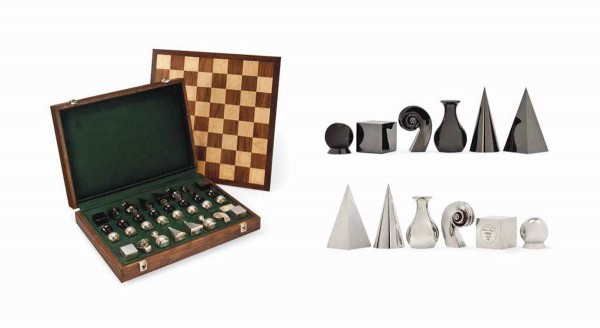
Limited Edition Silver Man Ray Chess Set
One highlight from the sale is a a limited edition silver chess set by Man Ray, one of the leading artists of the Dada and Surrealist movements during the 20th century; estimate: £10,000-£15,000 ($15,000-$22,500). One of ten sets made in 2008, the design was originally conceived in 1920 when Man Ray prepared drawings for a chess set in the Dada tradition of taking an object and presenting it in a different form, ultimately creating ‘a symbolic evocation’. For example, Man Ray takes inspiration from the broken neck of a violin for the knight; a pyramid – a symbol of Egyptian Kingship – for the King; and the conical shape – suggestive of a lady’s headdress in mediaeval times – for the Queen. In 1945 Man Ray was given the opportunity to realise these designs, when he was invited to participate in a group exhibition entitled The Imagery of Chess, by Julian Levy. With Man Ray’s photographic portraits currently on exhibition at the National Portrait Gallery, this chess set provides additional insight into the variety of his oeuvre.
The most valuable set in the collection is an intricate Anglo-Indian ivory chess set, carved in Berhampur near Calcutta in the first half of the 19th century; estimate: £15,000-£25,000 ($22,500-$37,700). This area became renowned for its superior quality of carving when Berhampur was established as a British barrack town in 1765, after the Battle of Plassey. The settlement created a demand for skilled craftsmen to produce export goods, encouraging many talented ivory carvers from Delhi to migrate south. The present example exemplifies the refined skill of these craftsmen.

